Barrios are an urban phenomena that parallel the development of modern architecture in Latin America, which witnessed its peak in cities like Caracas, Rio de Janeiro, São Paulo, Mexico City, and Buenos Aires during the 1950s and 1960s. At the same time, and even sooner, barrios were dotting the undeveloped peripheries and environmentally vulnerable landscapes of these very same cities. Each house in the barrios was built by a construction worker who migrated from the countryside to help build the modern city.
The barrio El Guarataro in Caracas, for example, dates back to the 1920s. By 1966 barrios represented 17 percent of the urban territory of Caracas; in 1983, 36 percent of the population lived in them. In other words, while architects focused their attention on advancing the modern project, they were also adept practitioners of denial and sustained a blind belief in progress, which allowed them to ignore the fact that a completely different form of urbanity was growing 2.5 times faster than the so-called modern city.1
It took forty years of sustained barrio growth before architects and urban planners working in Latin America shifted their approach from barrio eradication and social housing to barrio “upgrading.” During the 1990s, the World Bank made millions available for rehabilitation projects in Brazil, Venezuela, and Colombia and the Inter-American Development Bank invested $300 million in Rio de Janeiro alone.
Field studies in 2012 provided the opportunity to experience and learn from the urban investments accumulated over the previous two decades.2 These observations embraced the spirit of Stan Allen’s “field conditions,” which he defines as the acceptance of the real in all its messiness and unpredictability. “Field conditions are bottom-up phenomena: defined not by overarching geometrical schema but by intricate local connections. From matter, but not so much the forms of things but the forms between things.”3 Another way of putting it might be the way George Baird talks about the city—the entire city, all that is built—as matter available to architects for consideration and the subject of design’s engagement.4
The projects studied ranged from environmental mitigation measures, waste management, transportation and mobility, new buildings, cultural centers, schools, nurseries, libraries, housing, and health centers. They had various degrees of success in terms of inserting themselves into the dynamics of the community. Some did so more gracefully and, in other cases, it was apparent that the insertion came by force. But the instances of public space were particularly effective. Ironically, out of the nineteen projects originally documented, only two were conceived and funded as public space projects. The rest represented secondary or complementary components of other types of operations and investments.
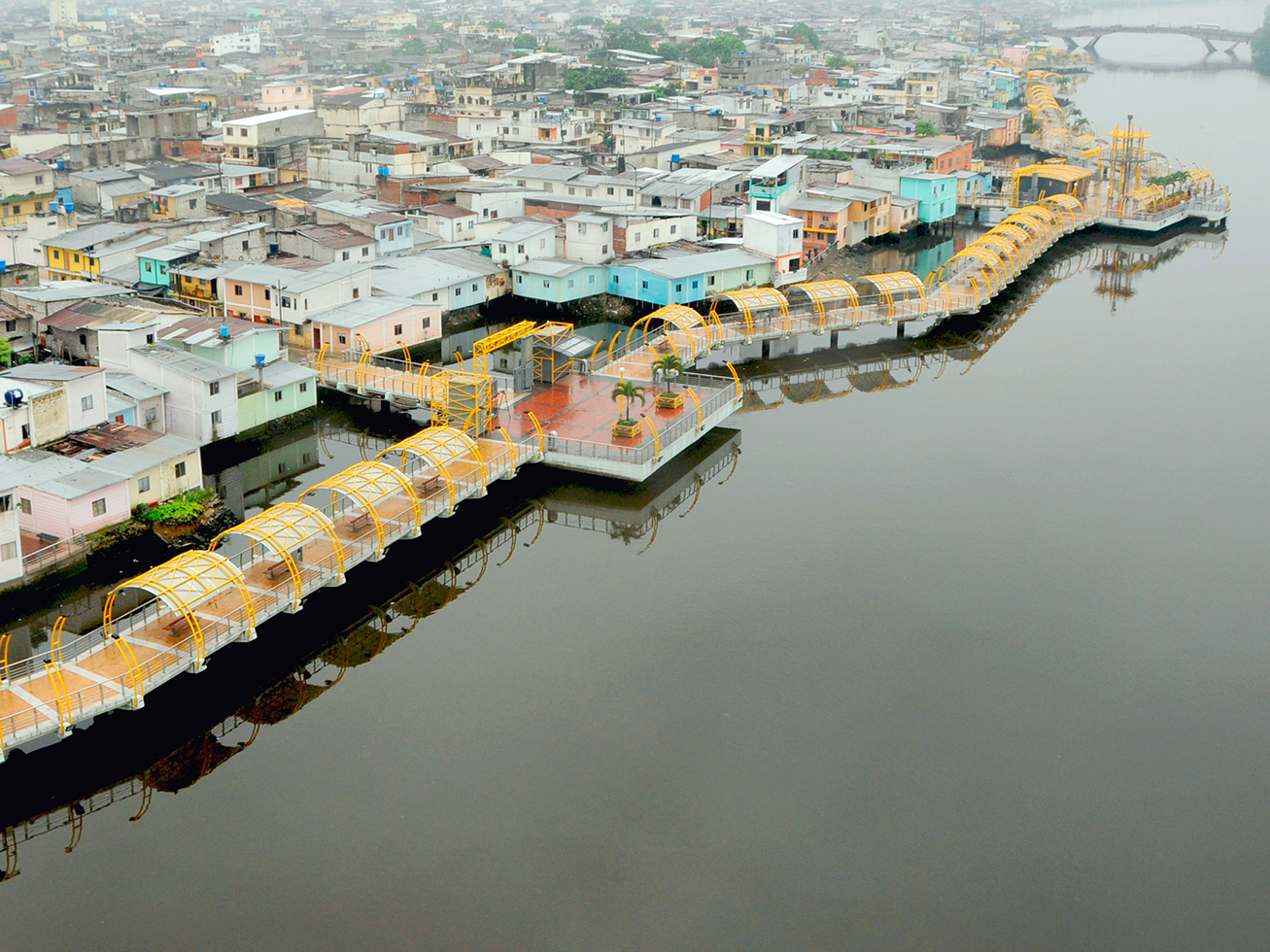
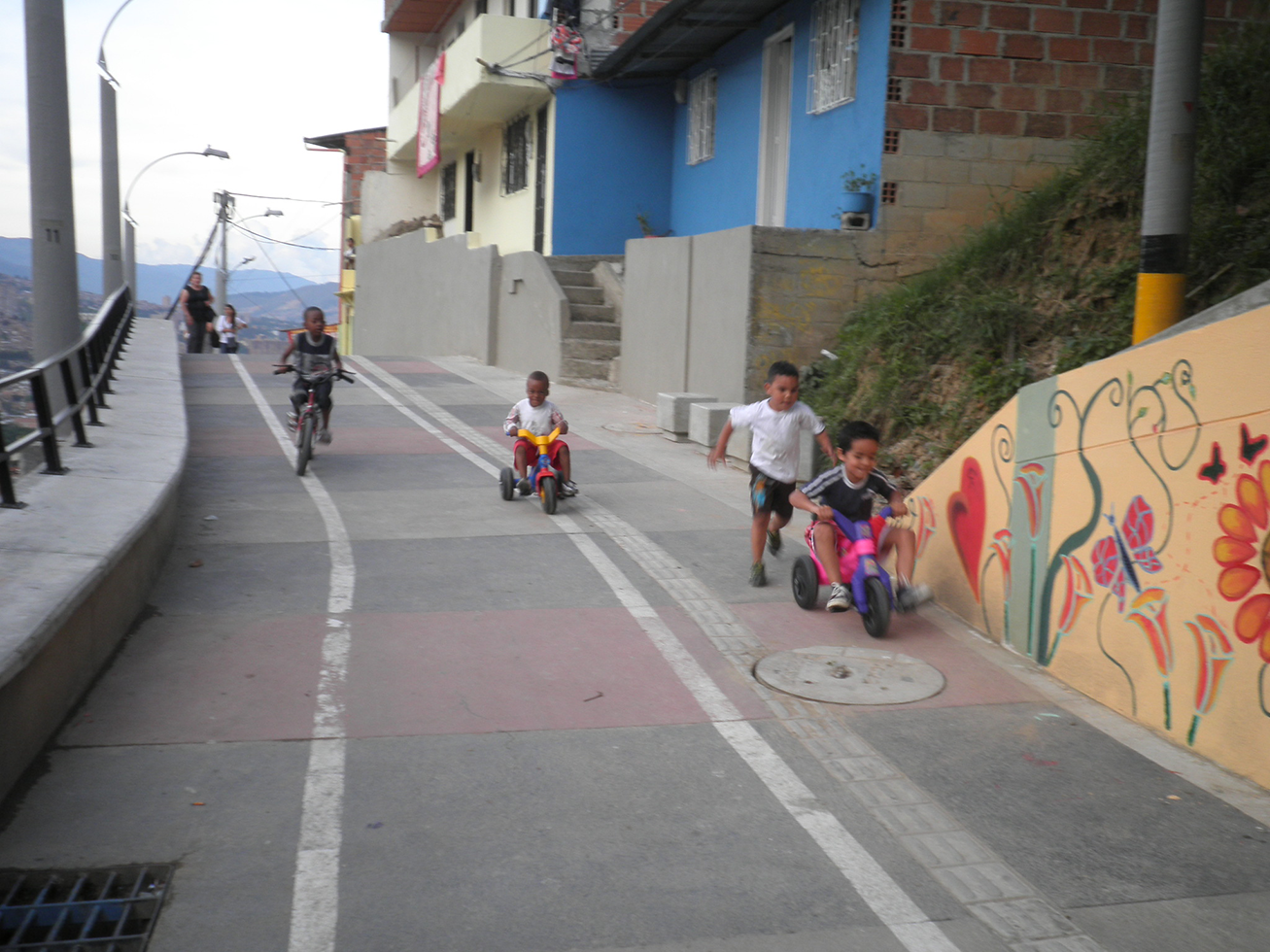
Pure Space: Expanding the Public Sphere Through Public Space Transformations in Latin American Spontaneous Settlements, includes twenty-three projects that illustrate different programmatic approaches toward public space production: conservation, waste management, risk management, infrastructure, buildings and pavements, and activity.5 They also reflect a range of existing financial approaches to funding public space, including municipal or state funds, private funding, foundations, and public-private partnerships. Different social approximations, from programs that supported specific interventions, culture-based programs as well as ones geared toward disenfranchised youth and women, were used. And finally, the projects are located in a variety of cities and regions in Latin America. The following are a few examples.
Several significant publications on public spaces in Latin American barrios precede this research: Flavio Jánchez and Max Rohm in Buenos Aires, Argentina, Jaime Hernández in Bogotá, Colombia, and Melanie Lombard in Xalapa, Mexico.6 Their arguments tend to center on issues of meaning, methods, and language and their professional work and advocacy further strengthen the pertinence of this non-housing approach to urban development.
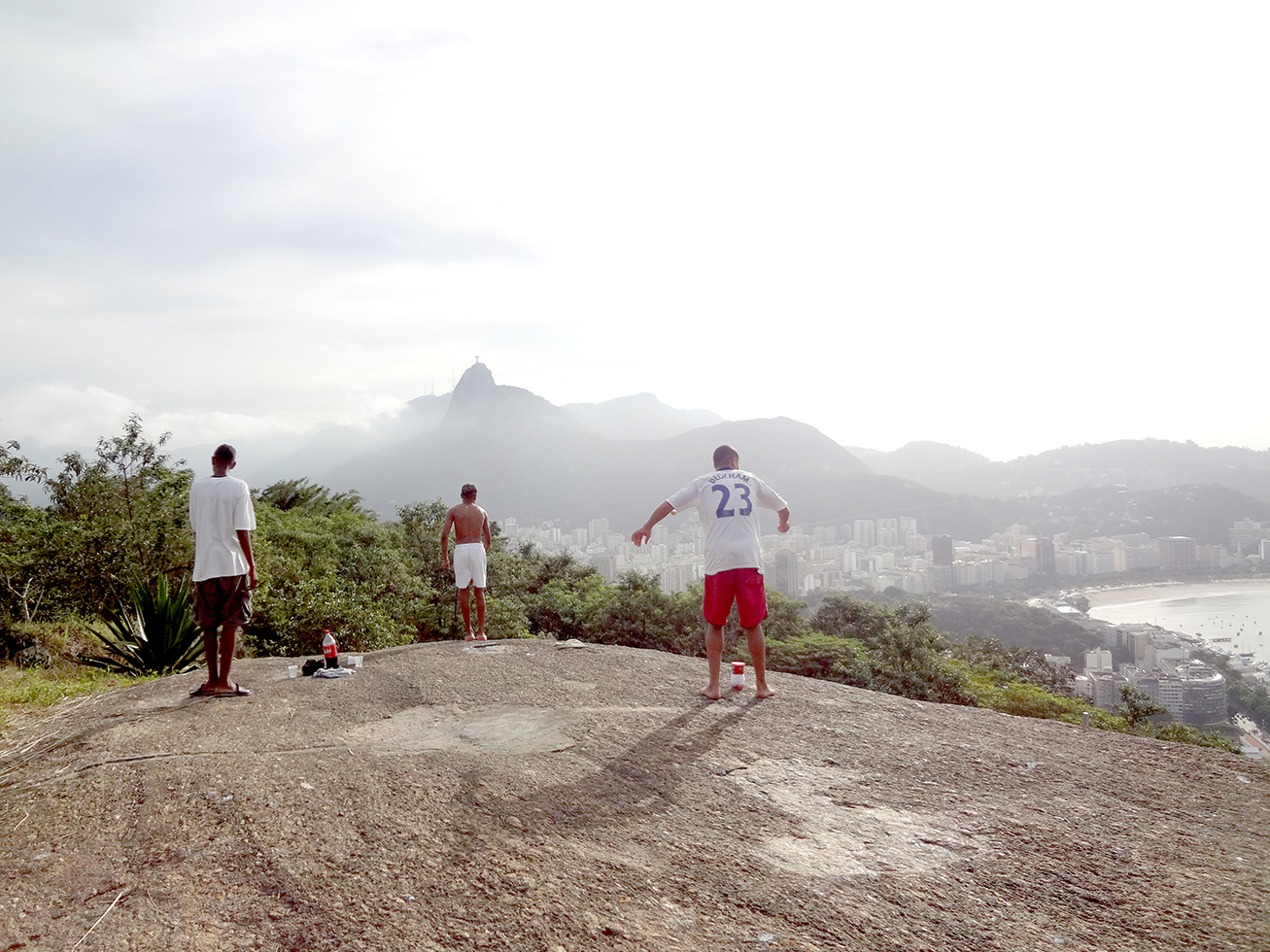
Another important reference is the voice of the English architect John Turner and his unapologetic descriptions of the construction work he witnessed in the urban barriadas of Peru in the 1950s. An article published in the January 2021 issue of Architectural Review by Kathrine Golda-Pongratz explains that Turner was “invited by Peruvian colleague Eduardo Neira, whom he had first met at a CIAM summer school in Venice in 1952 and who shared a fascination for Patrick Geddes. Turner moved five years later in 1957, working as a young architect first in Arequipa and then in Lima, with both international and state housing agencies.”7
Turner’s education at the AA in the 1950s and encounters with architects such as Giancarlo De Carlo whom he met in Venice, may reveal some of the motivation behind his interests. De Carlos’ famous essay “Architecture’s public” states that “cities are too important to be left to architects” and echoes Turner’s attitude as he observed Peruvians building their own homes, with deference and approval.8 He did not set out to devise better construction techniques nor propose more orderly spatial distributions. He understood that the important issue is what housing does for people much more than the aesthetic or material qualities of housing. Golda-Pongratz states that “borrowing from Ivan Illich, author of Deschooling Society and someone Turner also admired, he was ‘de-schooled as an architect’ when working in Peru.” His approach was pragmatic, real-politick, but also profoundly utopian and democratic.
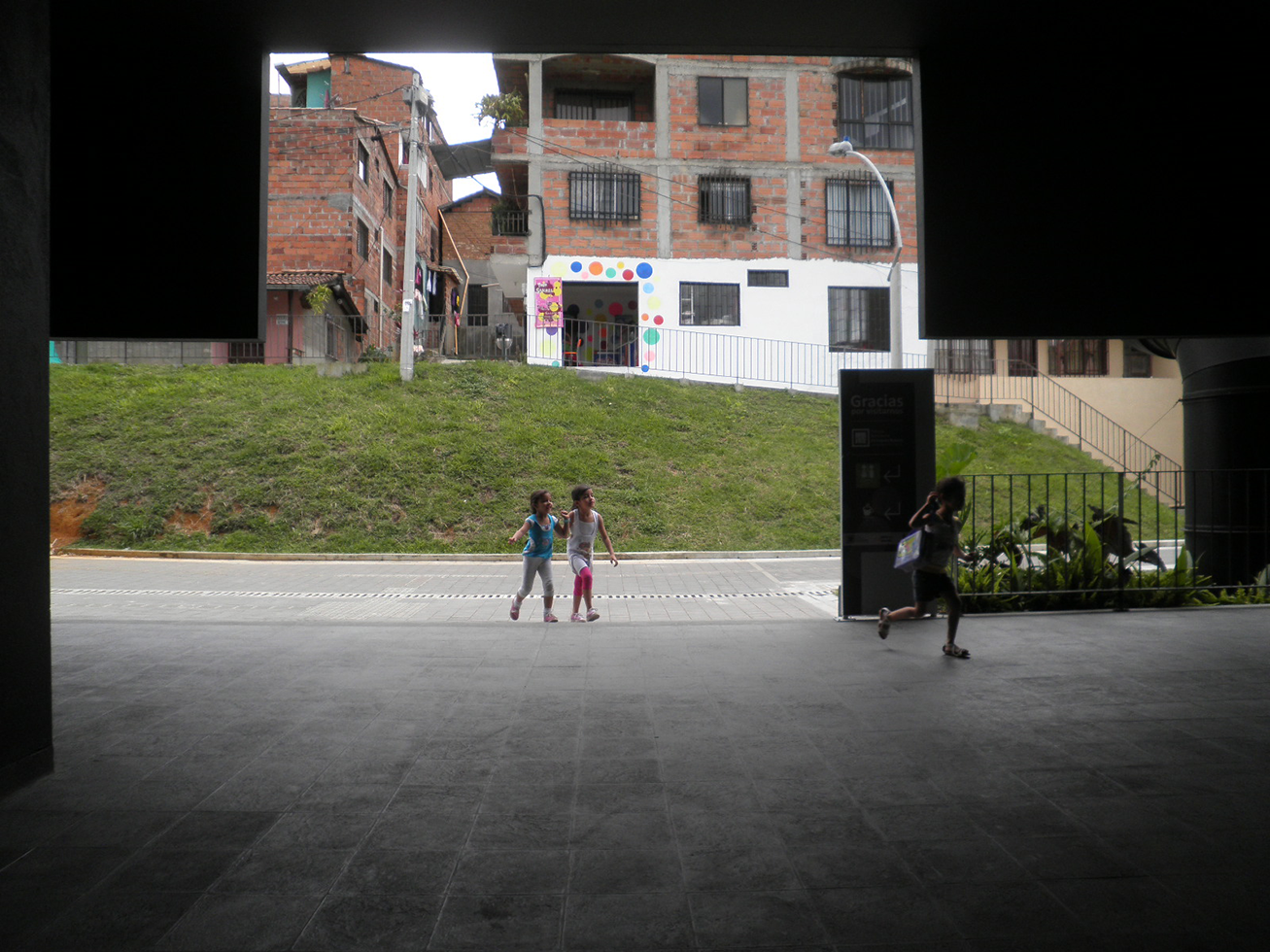
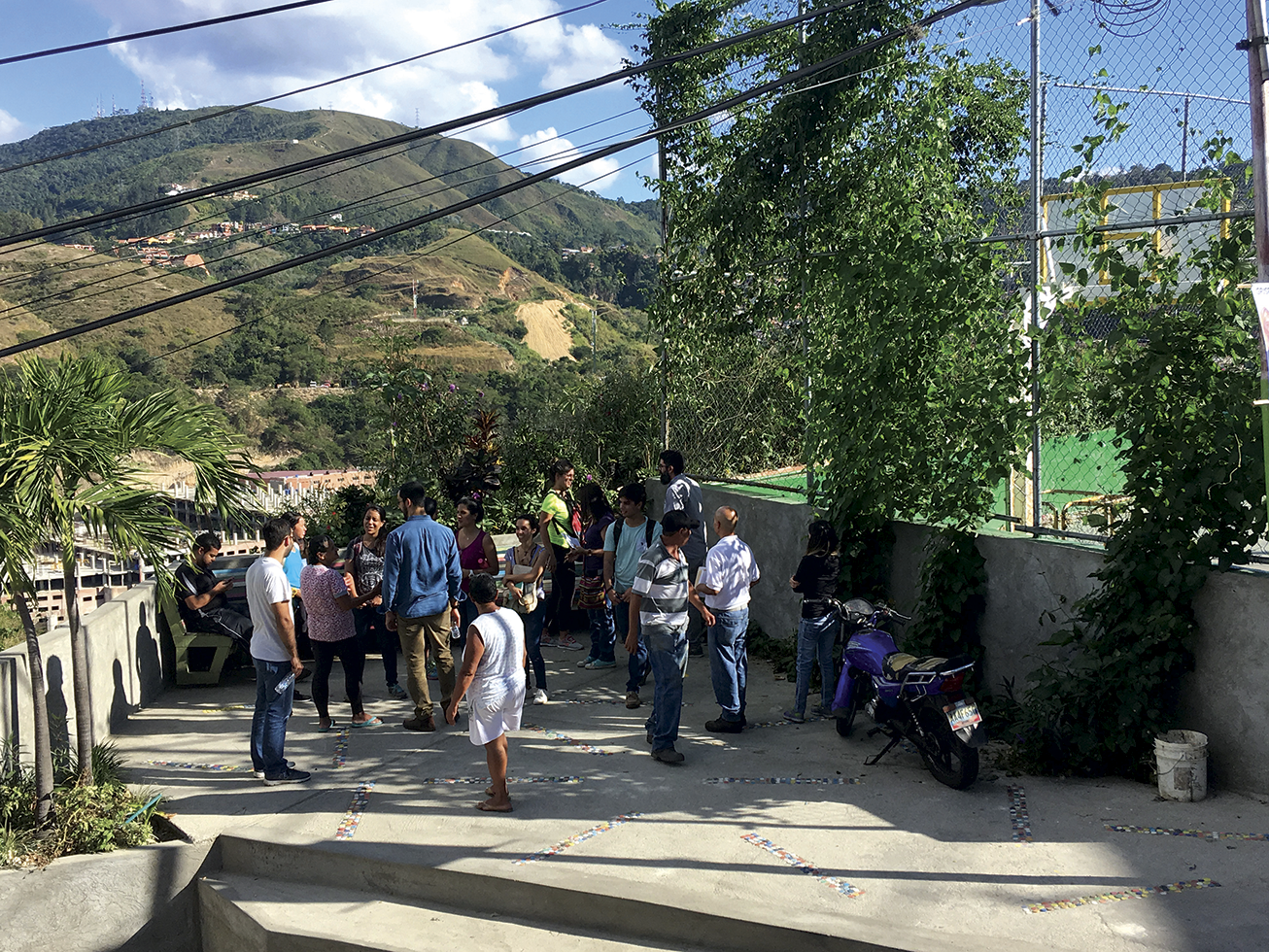
In 1963 he edited an Architectural Design issue, “Dwelling Resources in South America,” in which he featured self-made homes in Arequipa and Callao, Peru.9 The edition curiously also features the massive housing blocks built in Caracas known today as 23 de Enero, which he acknowledges—with some reservation—could potentially work given Venezuela’s unusually abundant resources. Turner likely encountered them while visiting his Peruvian friend Eduardo Neira, who started working as an urban development consultant for the IDB and Cepal in Caracas in 1960.
Over the next decades, Turner’s advice was eclipsed by the Caracas-style focus on massive housing and a rather vicious condemnation of barrios that unfortunately set the urban discourse for Latin American cities back several decades. The barrio upgrading efforts of the 1990s represent the beginning of a more realistic and useful approach. But even though they offered better services, amenities, and access to education for underserved communities, it must be noted nonetheless that these improvements were performed much like an operation on a sick subject. The approach was heavily informed by the cleansing tones of the modern movement, presenting each intervention as a charitable offering of good intentions. Furthermore, the fact that the projects are generated outside the community by government officials, professionals, and academics, also means that they are implemented with a set agenda, timeline, goals, and indicators that supersede the voices of the community. So forced and choreographed, they can hardly be posited as exemplars of a democratic process. The projects also tend to consider barrios as separate from the city, where inclusion is the consequence of what is done to the barrio, as though formal insertions were not only invested with a rather hubristic power of legitimization but also more valuable than the existing urban fabric, built over many decades and generations.
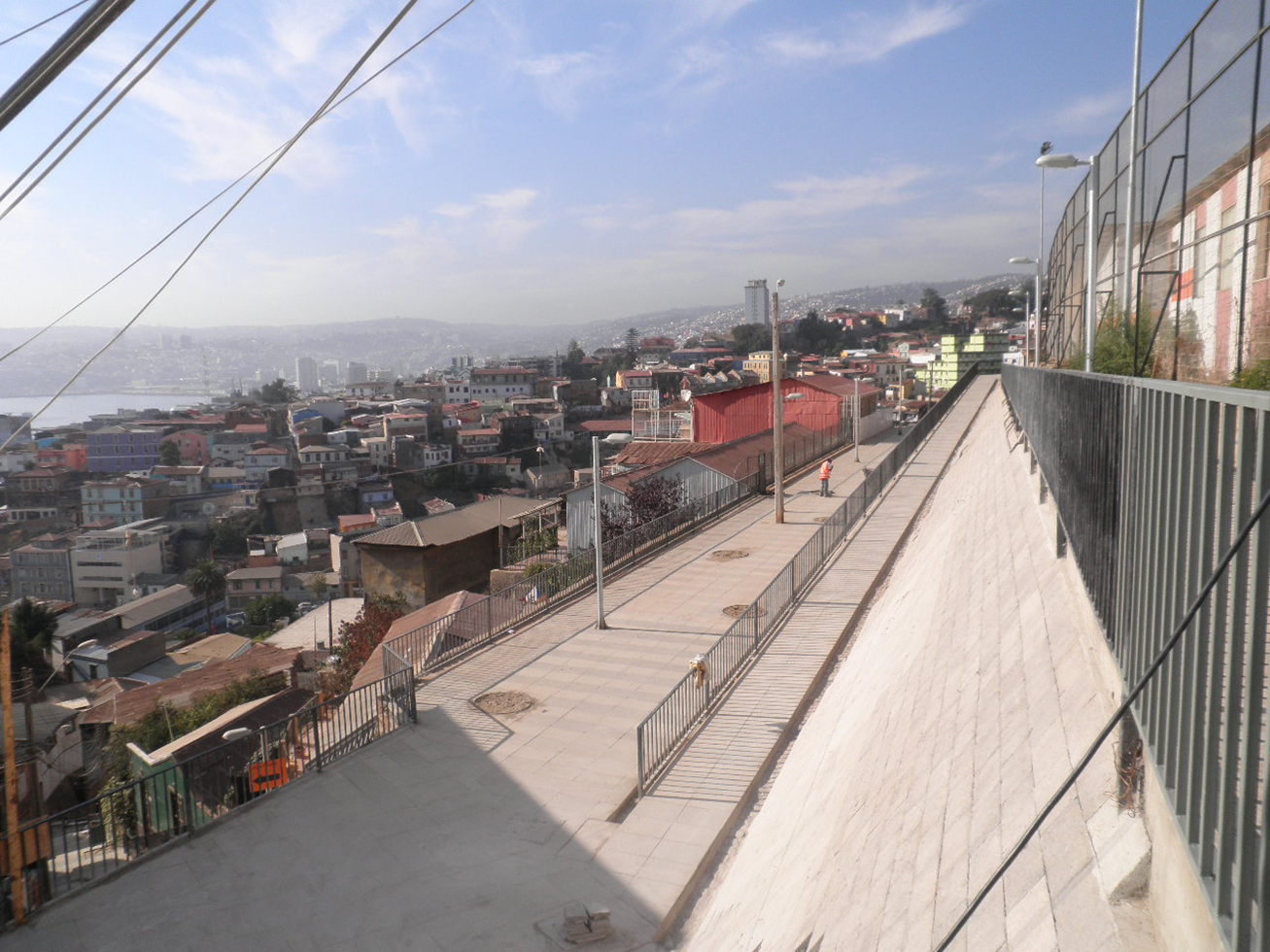
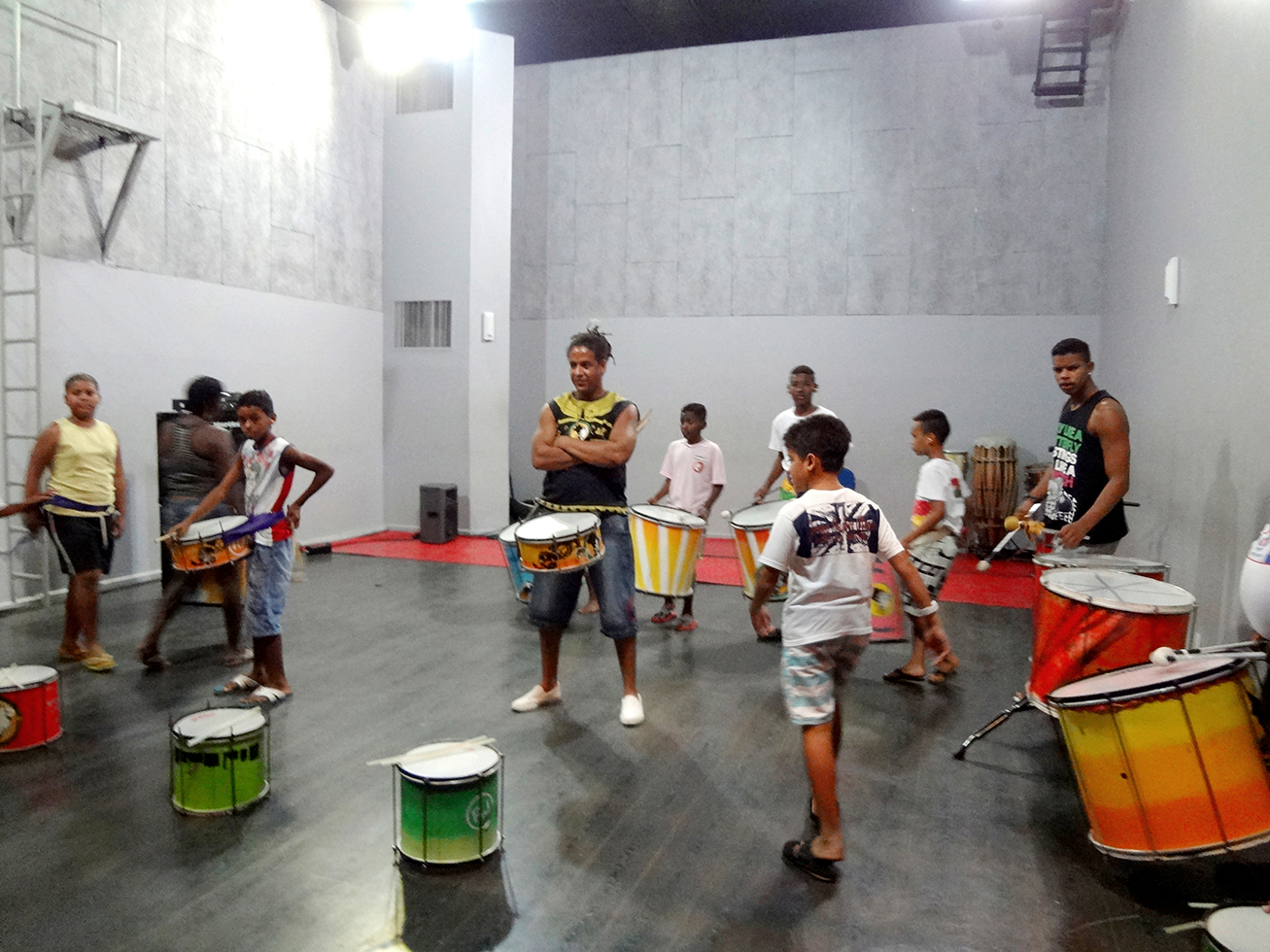
A lingering positivist mindset can be traced to the approach of many professionals with respect to barrios. For example, Alejandro Aravena advances a method of inclusion through the Elemental housing scheme that is based on the capitalist notion that the economic situation of lower-income families improves by carrying them into the middle class through the increased property value of their home. In other words, inclusion occurs by inserting people into the hegemonic economic system and increasing their opportunity for consumption.10 The mode of deployment is top-down, and a rather narrow interpretation of inclusion. Decades of property-centered investment and capitalism worldwide have only exacerbated social and economic inequality. Presenting it as a natural remedy to the housing crisis and barrios is fraught with inconsistencies. Chile has since entered a completely new social and political phase in its history where youth and disenfranchised groups are protesting its stagnant and unjust economic structure.
A stubborn predilection for economically homogeneous urban enclaves by developers, the elite, and wealthier individuals, has fueled the fragmentation of cities. The value of property is perceived to be greater, the further away it is from territories labeled as slums, ghettos, or barrios. In Latin America, not only have barrios, favelas and villas conveniently kept Indigenous populations, foreigners, and the descendants of rural migrants separate, their different “urban form,” lack of planning and personal insecurity are used to justify the city’s scarce investments in them and their rather blatant discrimination.
These tacit “justifications” are almost too easy to contest. The formal argument falls apart with the example of most European cities, which are comprised of multiple urban fabric typologies. Those that predate the Enlightenment are, like the barrios, a conglomeration of self-built homes in close proximity with organic building patterns and narrow passages. And yet in places like Italy, Greece, and Spain, they coexist with the ensanches (as they are called in Spain) and, over time, services were brought up to the same standards as the more modern parts of the city. They are so desirable today that their problem is rather their unaffordability. In any case, disfranchisement due to urban form is duplicitous at best. Violence is also an excuse used to avoid dealing with barrios. But even in highly consolidated and economically stable ones where levels of violence are no different than elsewhere in the city, the stigma remains.
With the publication Arrival City in 2010, Doug Saunders offered a completely different way of understanding barrios.11 He presents them as incredibly dynamic urban systems and much more than a collection of precarious structures as they are commonly considered. Barrios are the home of migrants and their descendants who settled decades ago, in some cases nearly a century ago, and long before most of the expanded twentieth century city. They represent an affordable option for newcomers seeking opportunities and a better quality of life. Barrio inhabitants are making the political statement that they want to be in the city, use the city, and contribute to its productivity.
Paradoxically, there is also a lot to learn from the formal and operative aspects of barrios. For example, homes in barrios tend to have shops or stores on the levels that meet the walkways and streets, in other words, they are productive, live-work spaces. Multiple generations live in the same structure, which allows grandparents to watch over young children while parents work either in the home or away. Seniors have an important role to play in the family economy, avoiding the costs of daycare, and the family is generally the caregiver for its older generation. Most homes have vegetable gardens that are important contributions to the family’s calorie intake. Structures grow and adapt to accommodate multiple and varying scenarios. With Covid-19, these hybrid conditions have become more desirable, while urban areas segregated by use have proven to be not only inefficient but wasteful. Barrios, in contrast, are compact and multi-functional. Furthermore, the public spaces of barrios also exhibit qualities the “modern” city lacks. Without the presence of cars, families feel comfortable allowing their children to play outside with the other kids in the neighborhood. Children appropriate spaces to play marbles, caimaneras (a kind of informal baseball game played with broomsticks and bottle caps), or futbolito (a reduced version of soccer). These examples not only contest arguments commonly used to delegitimize barrios, they also illustrate the inadequacies of certain modern urban ideals.
Latin American cities intrinsically have multiple forms of urban fabric, the only difference with respect to their European or North African counterparts is that their development occurred at the same time. Latin American culture is inherently hybrid, or rather it undergoes a constant process of hybridization as explained by Nestor Garcia Canclini in his book Hybrid Cultures: Strategies for Entering and Leaving Modernity. He argues that it is simultaneously modern and traditional, “where traditions have not yet disappeared and modernity has not completely arrived.”12 He advocates instead a much more nuanced, complex, and, at the same time, richer understanding of art and culture in Latin America and offers yet another way to understand the futility in treating barrios as a problem in opposition to the city.
Binary definitions are seldom useful. The barrio is in fact part of the city. It is part of a hybrid, constantly transforming expression of culture, the economy, and the political engagement of people who identify with urban life. But its recognition as such is not only to be won through arguments but through people’s desire to complete the city they experience and know. Public space can serve as an important facilitator in this process of urban integration, and when this potential is understood the how becomes much more important than the what. It parallels John Turner’s appreciation of housing for what it does more than what it is. In this sense, architecture—understood as a process that can encourage participation, but also a progressive, ever-evolving record of layers, additions, and adaptations—has the potential of creating persuasive urban scenarios for inclusion and integration. But first, the designer’s approach requires adjustments. Stan Allen encourages architects to learn to design without determinacy and absolute control. He advocates for design that emerges from an internal spatial, economic, and social logic, and not foreign impositions.
How to engage all the complexity and indeterminacy of the city through the methodologies of a discipline so committed to control, separation, and unitary thinking? This is the dilemma of the architect working in the city today. Architecture and planning, historically aligned with technical rationality and committed to the production of legible functional relationships, have had tremendous difficulty thinking about their roles apart from the exercise of control.13
In other words, some de-schooling is required in a discipline that is still heavily persuaded by formalism and the “civilizing” rhetoric of modern architecture. In that sense, the challenge is more on architects as thinkers and practitioners than it is on the constraints of the barrio or the challenges of securing funding. Curiously, undoing or “deconstructing” the cultural constructs that have been projected onto barrios through post-structural arguments, for example (which has inspired feminism, the post-Anthropocene, and many social justice movements), remains underdeveloped when it comes to barrios.
In addition to the discipline’s de-schooling, it could also benefit from a deeper engagement with its political implications including emotions, desire, and identity. Architecture’s relevance in the discourse of urban integration could be understood in terms of its ability to inspire people’s desire to acknowledge the barrios as part of the city.14 For example, could architects facilitate the recognition of barrios as the expression of a hybrid culture? Could they help advance more nuanced readings, and discover or invent forms of urbanism that include the knowledge of the people that built the barrio? Could more opportunities to acknowledge the barrio’s history, its celebrations, music, and dances be created? Pure Space does not directly answer these questions. It does, however, seek to open a discussion that goes beyond the usual tropes of the upgrading discourse—the betterment of services and physical conditions, and acquiring legal land tenure—and into questions of how integration and recognition can be facilitated. It presents public space as a critical platform for storytelling, shared activities, and the layering of collective memories, where barrio neighbors and their urban context become conceptually accessible and knowable. It also sustains that public space is uniquely positioned to produce a more fluid passage between different types of urban fabric. Designers can play a key role in the urban integration of cities—they need not come up with answers so much as open conversations and encourage neighbors, visitors, and everyone to do the same.
Elisa Silva is an architect and professor. She is the director and founder of Enlace Arquitectura and the Enlace Foundation and teaches at the Simón Bolívar University in Caracas, Venezuela. She is also a consultant to UN Habitat and CAF.